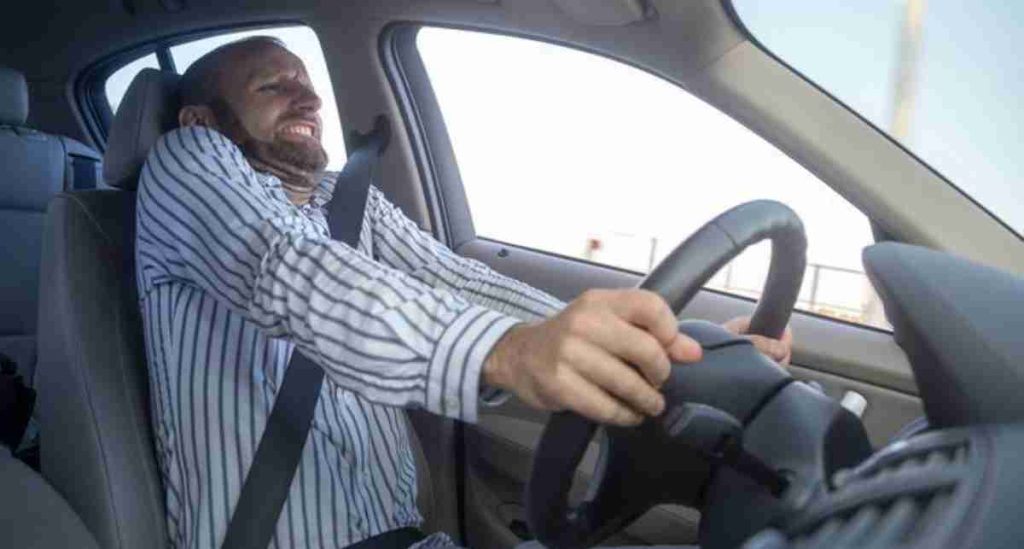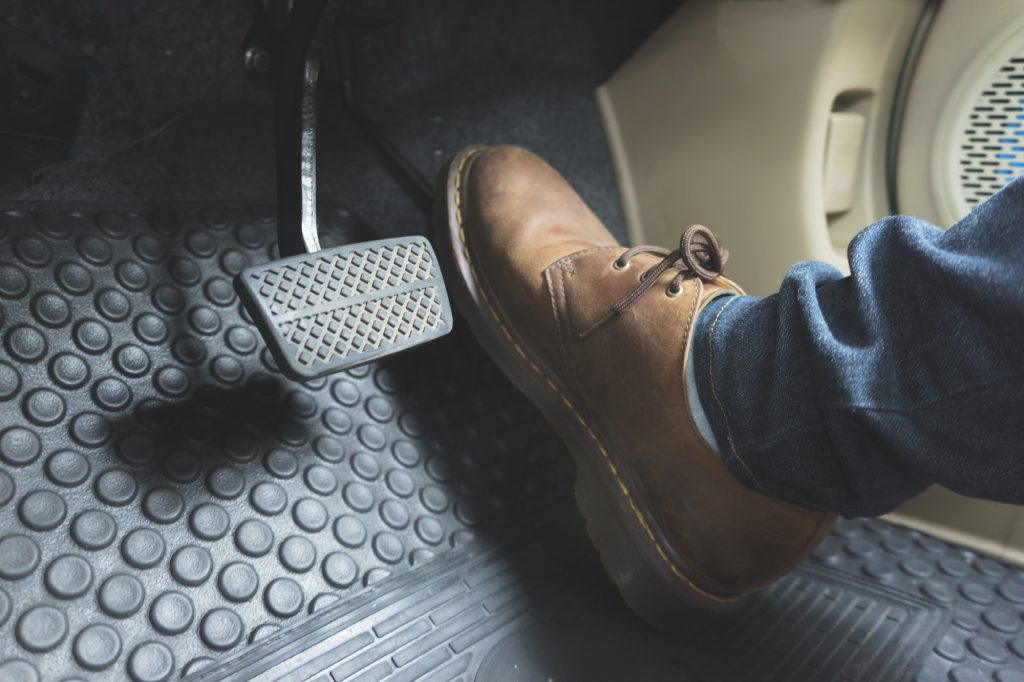How to Stop Your Car from Accelerating on Its Own: Tips and Tricks for Safe Driving
Unintended acceleration in cars is a serious issue that can lead to accidents and injuries. It occurs when a vehicle unexpectedly accelerates without the driver intending it to do so. This can be a terrifying experience for the driver and can have devastating consequences. It is important for drivers to understand the causes and signs of unintended acceleration in order to prevent accidents and react appropriately if it does occur.
Understanding the Causes of Unintended Acceleration in Cars
There are several potential causes of unintended acceleration in cars. One common cause is mechanical issues with the accelerator pedal. Over time, the pedal can become worn or damaged, leading to unintended acceleration. Another cause is electronic malfunctions in the throttle control system. This system controls the amount of air that enters the engine, and if it malfunctions, it can cause the car to accelerate unexpectedly. Finally, human error can also be a cause of unintended acceleration. This can occur when a driver mistakenly presses the gas pedal instead of the brake pedal, especially in high-stress situations.
Common Signs of Unintended Acceleration and How to React
There are several signs that may indicate unintended acceleration in a car. One common sign is sudden and unexpected acceleration. The car may lurch forward or speed up without any input from the driver. Another sign is difficulty in slowing down or stopping the car. The brakes may feel unresponsive or ineffective, making it difficult to bring the car to a stop. If you experience these signs of unintended acceleration, it is important to react quickly and appropriately. First, shift the car into neutral to disengage the engine from the wheels. This will allow you to regain control of the vehicle. Next, apply the brakes firmly to slow down and bring the car to a stop. If necessary, turn off the engine to completely stop the car.
Steps to Take When Your Car Accelerates on Its Own

If your car accelerates on its own, it is important to take immediate action to regain control of the vehicle. The first step is to shift the car into neutral. This will disengage the engine from the wheels and allow you to regain control. Next, apply the brakes firmly to slow down and bring the car to a stop. If necessary, turn off the engine to completely stop the car. It is important to remain calm and focused during this process, as panic can lead to poor decision-making. If you are unable to regain control of the vehicle or if you are in immediate danger, it may be necessary to seek medical attention.
How to Test Your Car’s Accelerator Pedal for Malfunctioning
Regularly testing your car’s accelerator pedal can help identify any potential issues before they become a problem. Start by checking for physical damage or wear and tear on the pedal. Look for any cracks, breaks, or signs of excessive wear. Next, test the pedal’s responsiveness. Press down on the pedal and see if it moves smoothly and without any resistance. If you notice any issues with the pedal, it is important to seek professional help as soon as possible. A mechanic will be able to diagnose and repair any problems with the accelerator pedal.
Tips for Maintaining Your Car’s Accelerator System
Regular maintenance of your car’s accelerator system is essential for preventing unintended acceleration. Start by regularly inspecting and cleaning the accelerator pedal and throttle control system. Remove any dirt or debris that may have accumulated and ensure that all components are in good working order. It is also important to follow the manufacturer’s recommended maintenance schedule for your vehicle. This may include regular inspections and tune-ups to ensure that all systems are functioning properly. Finally, stay informed about any recalls or safety notices related to your car’s accelerator system. If there is a recall, it is important to respond promptly and seek professional help if necessary.
How to Avoid Unintended Acceleration While Driving
There are several steps you can take to avoid unintended acceleration while driving. First, be mindful of your foot placement on the pedals. Keep your foot on the brake pedal when you are not actively accelerating. This will help prevent any accidental pressure on the gas pedal. Second, avoid distractions while driving. Distracted driving can lead to mistakes and accidents, including unintended acceleration. Finally, stay alert and aware of the road and traffic conditions. Being aware of your surroundings can help you anticipate and react to any potential issues before they become a problem.
The Role of Car Manufacturer Recalls in Preventing Unintended Acceleration
Car manufacturer recalls play a crucial role in preventing unintended acceleration. In the past, there have been several high-profile recalls related to unintended acceleration, such as the Toyota recall in 2009-2010. These recalls are issued when a manufacturer becomes aware of a potential safety issue with a vehicle. It is important for drivers to respond to recall notices promptly and seek professional help if they suspect their car may be affected. Ignoring a recall can put you and others at risk of an accident or injury.
The Importance of Regular Car Servicing to Prevent Unintended Acceleration
Regular car servicing is essential for preventing unintended acceleration. During a service, a mechanic will inspect and test all components of your car’s accelerator system to ensure they are functioning properly. They will also check for any signs of wear or damage that could lead to unintended acceleration. Regular maintenance can help identify and address any potential issues before they become a problem on the road. If you suspect any issues with your car’s accelerator system, it is important to seek professional help as soon as possible.
How to Respond to a Sudden Acceleration Emergency

If you find yourself in a sudden acceleration emergency, it is important to stay calm and focused. Panic can lead to poor decision-making and make the situation worse. Follow the steps outlined in section III to regain control of the vehicle. Shift the car into neutral, apply the brakes firmly, and turn off the engine if necessary. Once you have brought the car to a stop, assess the situation and seek medical attention if necessary. It is important to remember that your safety and the safety of others is the top priority in an emergency situation.
Best Practices for Safe Driving and Preventing Unintended Acceleration
Practicing safe driving habits is one of the best ways to prevent unintended acceleration. Start by being aware of your car’s accelerator system and how it works. This will help you understand how to operate it safely and avoid any potential mistakes. Follow safe driving practices, such as avoiding distractions while driving and maintaining a safe following distance. Distractions can lead to mistakes, including unintended acceleration. Finally, if you suspect any issues with your car’s accelerator system, seek professional help as soon as possible. Ignoring potential issues can put you and others at risk.
Conclusion
Unintended acceleration in cars is a serious issue that can lead to accidents and injuries. It is important for drivers to understand the causes and signs of unintended acceleration in order to prevent accidents and react appropriately if it does occur. Regular maintenance and testing of your car’s accelerator system can help prevent issues before they become a problem on the road. By following safe driving practices and seeking professional help when necessary, you can help ensure your safety and the safety of others on the road.
